If deep cycle battery is new to you or you find distinguishing it from a wide range of other power storages hard, this writing will be helpful for you.
The power storage used for electric vehicles is different from traction batteries. Discovering power storage with different labels will assist you in purchasing the right power storage.
Excellent choices will satisfy your requirements and improve your experience even in extreme conditions. Consider the information below to avoid making any mistakes in purchasing power storage.
What Does Deep Cycle Battery Mean?
Amateurs or new car drivers can easily mistake a deep cycle battery for a normal car power storage. These two are different. A deep cycle battery is manufactured to provide steady levels of power for a long time. It can function well till discharges of 80% or even more when the power storage requires recharging.
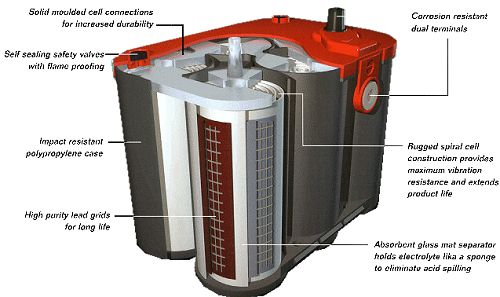
However, most brands recommend that you should recharge before it gets a discharge rate below 45% of its original capacity. This tip leads to an extended battery life.
On the contrary, a regular car battery only offers energy’s short bursts of electricity. These bursts of energy are mostly enough for the vehicle to start before it requires a charging process. This starter battery typically discharges only two to five percent for each use.
What Type Of Batteries Are Deep Cycle?
The first type is a Maintenance-free or Sealed lead-acid battery, whose electricity is generated in plates. Watering is not necessary for this type. However, sealed deep-cycle batteries still need regular inspection, according to experts.
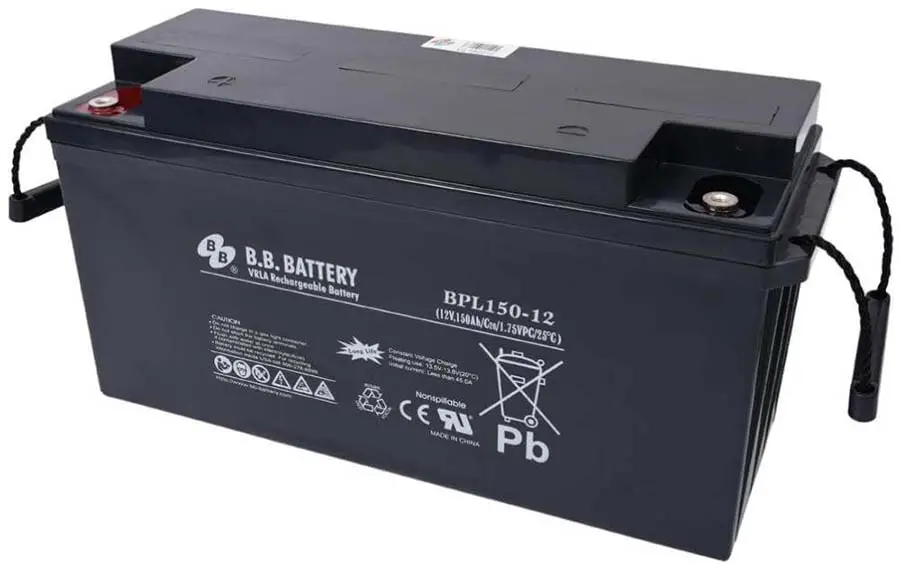
The maintenance-free type can be divided into two subcategories: absorbent glass mat (AGM) and deep-cycle gel batteries.
The AGM batteries have a fiberglass mat between the positive terminal and negative terminal plates to guarantee the electrolyte level. Thus, it provides a better temperature range compared to the gel.
Meanwhile, the gel uses the substance to turn the electrolyte acid into thicker plates of gel. The formed gel is more off-gassing and distributes heat better than the AGM. The other deep cycle battery type is Lithium batteries with energy cells. These cells are structured to transfer sustained current over a long period of time. Thus, they can be used in cyclic applications in deep cycle regular batteries.
Batteries Deep Cycle Applications
People pick the suitable type of batteries based on the using purpose, the power amount required, the length, and frequency of use. When it comes to the requirements for continuous power for a long period, a deep cycle battery is suitable as it can satisfy deep discharge use.
This product is also applied to smartphones. This is because these devices are commonly designed to be used the whole day with a low rate of discharge.
Other dominant applications of deep cycle batteries are leisure (comprising RV batteries) or industrial batteries for golf carts. Besides, there are marine, recreational vehicles, mobility scooters, and off-grid renewable energy like solar panels.
The Durability Of Deep Cycle Battery
Instead of counting the days, the durability of the deep cycle power storage is calculated based on cycles and regular maintenance.
Normally, the Maintenance-free type can provide 200 cycles based on 100% to 80% usable capacity. Meanwhile, the deep cycle lithium type can function well ten times longer, around 2000 cycles (depth of discharge) before replacement.
Conclusion
That is the fundamental knowledge about the battery deep cycle meaning and its charge cycle. Consider further information for you to categorize and use this product properly.

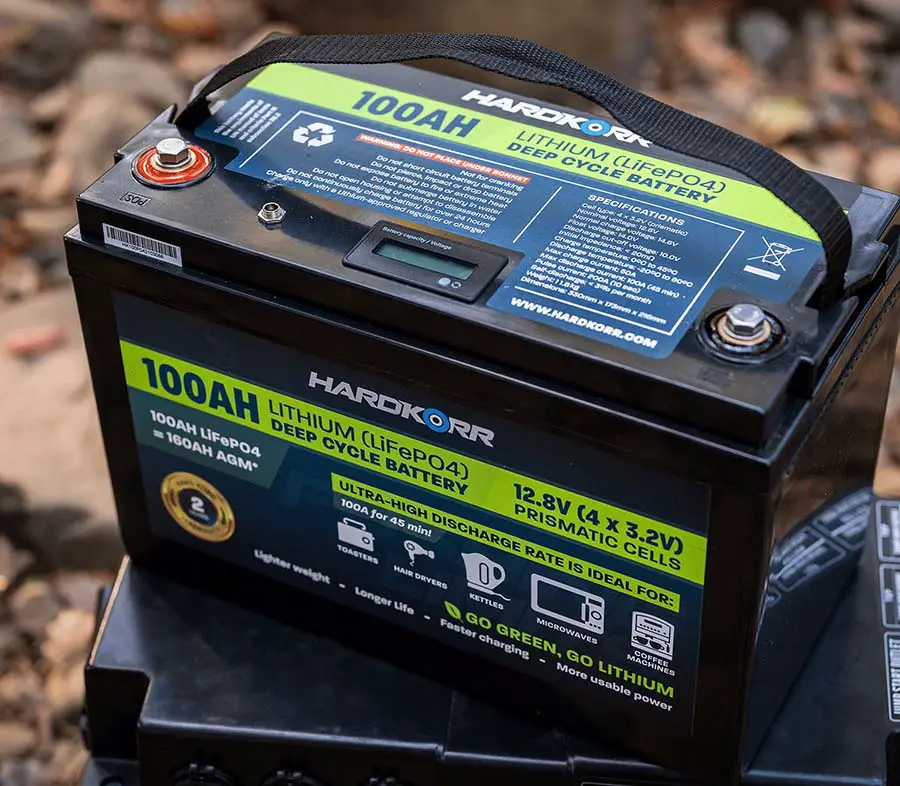

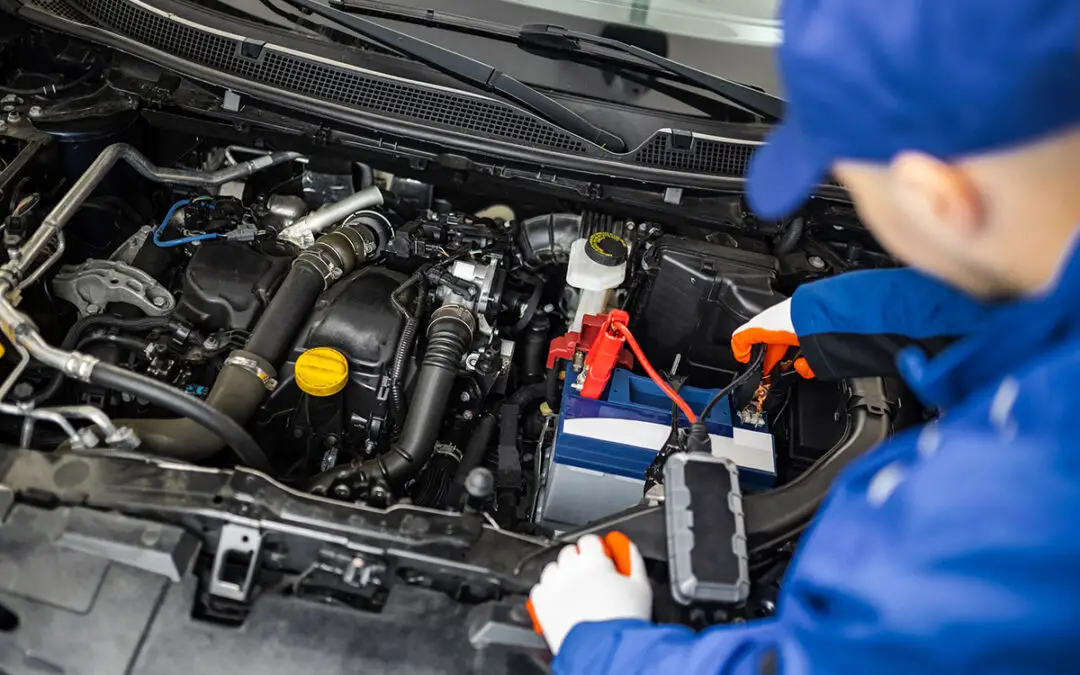

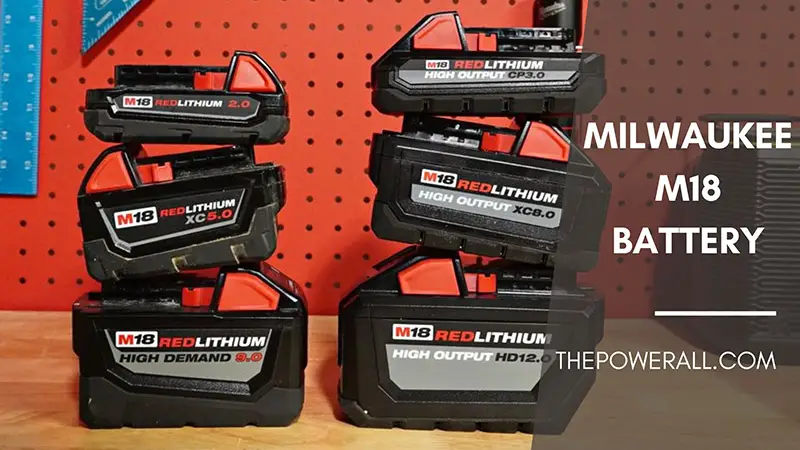
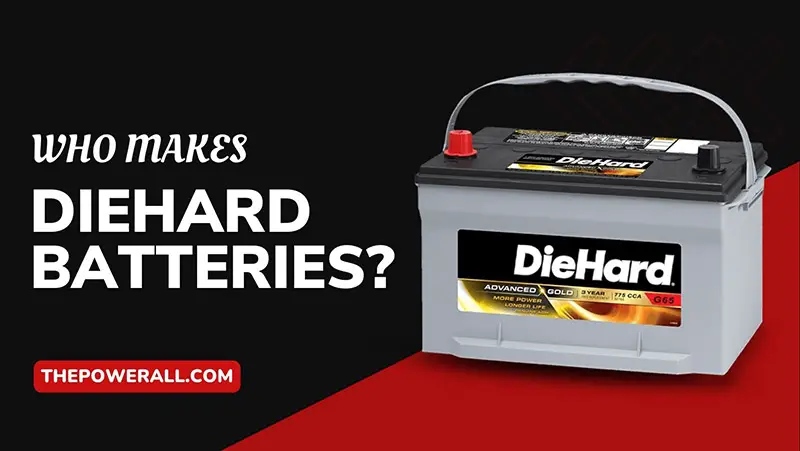

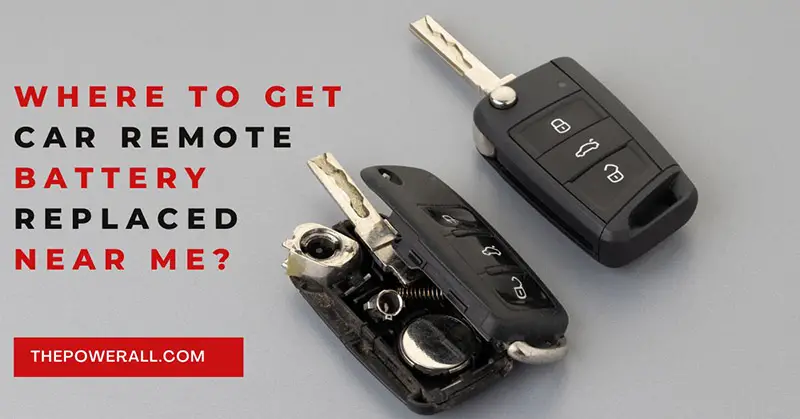
0 Comments